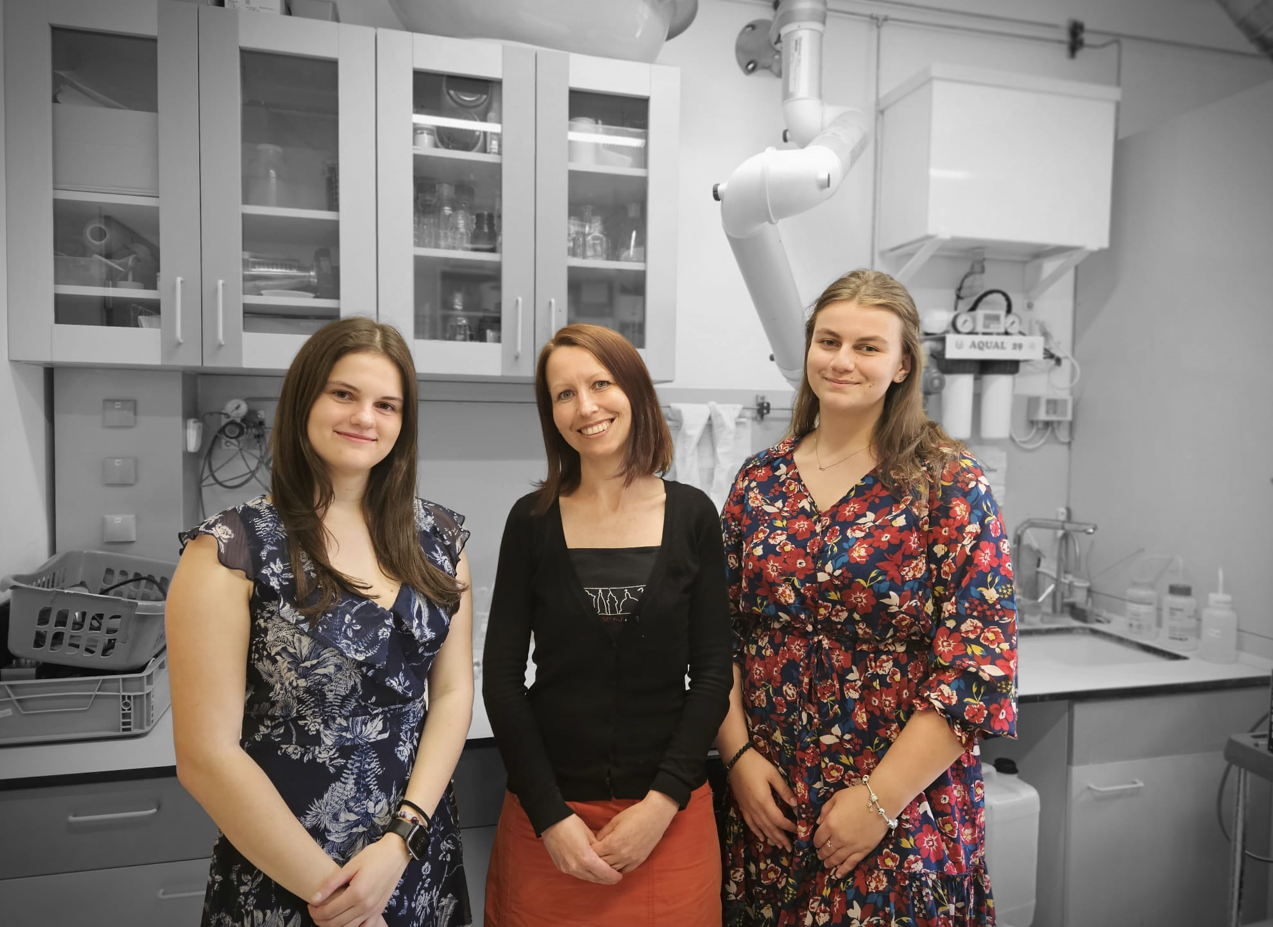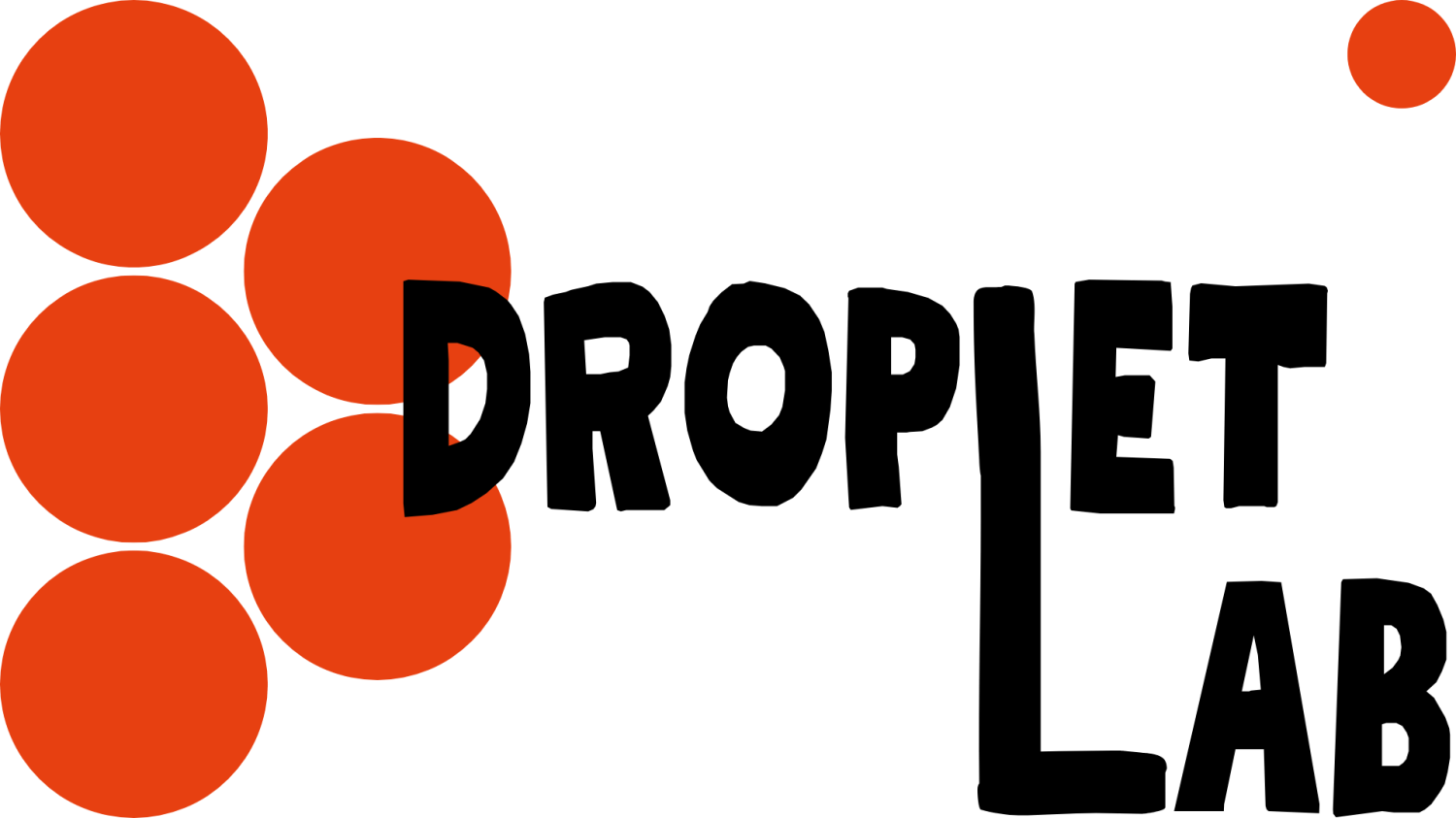
Congratulations
Many congratulations to Adriana Augustínová and Eliška Paulíková for successfully defending their bachelor theses today. Well done, girls! Thank you for your work and looking forward to the furter collaboration!
The controlled growth of chemical gardens from mixed liquid and solid seeds
Adriana Augustínová
Chemical gardens, intriguing and visually captivating structures formed through the self-assembly of inorganic compounds in water glass, have long fascinated scientists and sparked interest in control of their unique growth formation. This work aims to explore the use of different seeds for chemical garden growth, utilizing a novel and innovative approach involving solidified marbles, tablets, and mixed seeds. Previous research has mainly focused on controlling and studying the composition of seeds from one type of salt. This approach introduces solidified marbles as seed materials, a method not explored previously. In this study, mixed seeds were prepared and characterized to identify suitable experimental arrangements and compositions that yield self-growing structures with desired properties. Investigating mixed seeds introduces a novel aspect to the field, combining different seed types containing chlorides and sulphates with various cations. This research demonstrates the utilization of prepared seeds for achieving controlled growth of chemical gardens. This advancement enables in the future the design of intricate structures, which may revolutionize fields such as chemical 3D printing and materials engineering through the innovative use of solidified marbles and mixed seeds.
Study of translational and rotational motions of self-propelled chemical objects
Eliška Paulíková
This thesis is concerned with the study of translational and rotational motions of liquid robots, which in
this work were droplets of decanol in sodium decanoate solution. A parametric study was carried out where the movements of the liquid robots were examined as a function of their volumes and the lengths of the objects placed on them. The code was written and tested in Matlab for image analysis, which was also used to evaluate the motion of liquid robots. Trajectories of the liquid robots, but also of the objects placed on them, and the dependence of velocity, respectively angular frequency over time were plotted from the acquired data. A hypothesis for the motion mechanism of the liquid robots was proposed and subsequently confirmed experimentally

